Siemens Tools, measuring instruments and protection
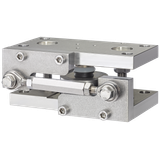




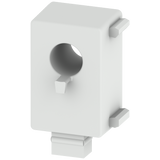

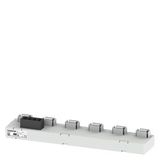
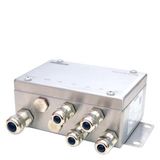
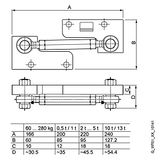



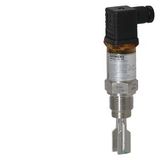
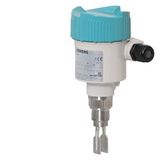


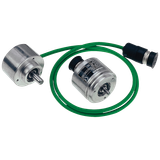
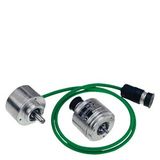
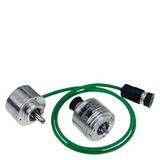
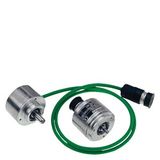

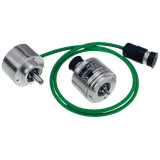

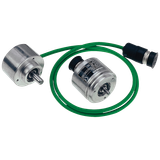

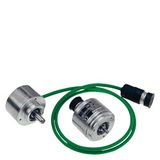
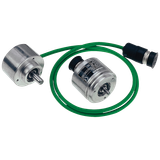
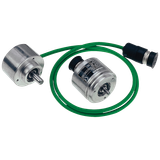

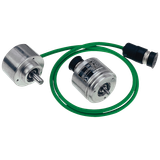
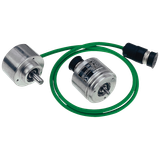
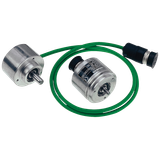


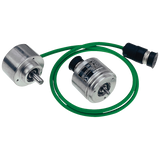
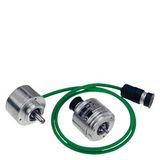
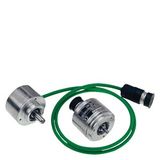
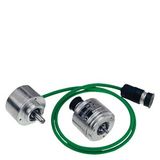

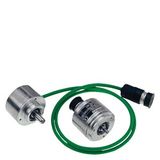

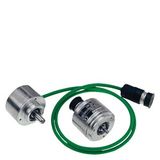
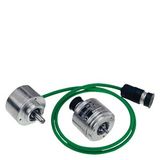


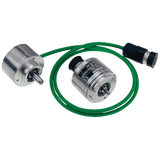
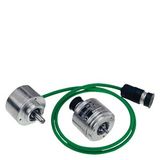

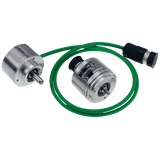



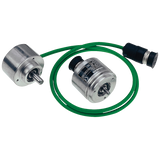

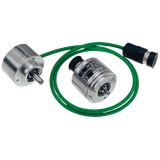
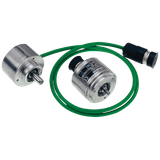
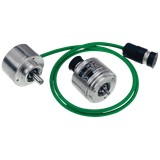

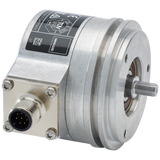
siemens measuring instruments for industrial maintenance and commissioning
Siemens provides a unified toolkit for verification, start-up, and service of LV/MV equipment. Instruments cover voltage, current, continuity, insulation resistance, loop impedance, RCD/RCBO trip curves, earth resistance, and power/energy diagnostics—so panels, MCCs, and field devices can be validated against the single-line and method statements. Form factors include handheld IP-rated meters for site work and DIN/DIN-rail loggers for long-term studies in switchrooms.
siemens electrical testing tools range and series overview
The portfolio spans true-RMS clamp meters (up to 1000 A AC/DC), compact DMMs with 4–20 mA scaling for drives and transmitters, insulation testers with selectable 50/100/250/500/1000 V outputs, loop/PSC testers for prospective fault current, earth testers (3- and 4-wire plus stakeless methods), and portable power analyzers for harmonics and flicker checks. Field options include remote probes, magnetic hangers, rubber boots, and hard cases for service crews that move between substations and production lines.
Other Siemens products
siemens multimeters and testers categories and features
Expect CAT III 600 V or CAT IV 300 V safety ratings to IEC 61010-1/-2-033, 6000–60,000-count backlit displays, auto-ranging with manual override, low-Z modes to suppress ghost voltage, µA ranges for flame sensors, temperature via K-type or PT100, min/max/peak capture, and logging interfaces (USB/BT) where trending is needed. Loop/RCD instruments meet EN 61557 series parts for insulation, impedance, continuity, and residual-current testing; earth testers offer selective methods to ignore parallel paths in bonded plants.
Technical Specifications and Standards
Measurement accuracy for voltage/current typically ≤±0.5 % rdg + digits on DMMs; insulation testers provide up to 1 mA short-circuit current with guard terminals and programmable PI/DAR. Clamp bandwidths of 1–3 kHz suit drives; crest factor ≥3 handles distorted waveforms. Operating temperature −10…+50 °C, storage −20…+60 °C, humidity 10–90 % RH non-condensing. Ingress protection to IP54 with boot; drop resistance ≈2 m to concrete. EMC per IEC 61326-1; overvoltage categories per location (service entrance vs final circuits). For power quality, portable analyzers implement IEC 61000-4-7/-4-30 measurement methods and export CSV for PAC meter correlation.
Applications and Compatibility
Commissioning teams verify feeder polarity, torque connections, and protective settings; loop/PSC values are compared with protective device I²t to confirm let-through limits. For drives and soft-starters, true-RMS and inrush capture confirm sizing and motor symmetry. Maintenance uses insulation testing on motors/heaters, and thermal trend checks via resistance at temperature. Building engineers rely on loop and RCD time/current measurements to document disconnection times. In cleanrooms and food plants, IP54 bodies and silicone boots survive washdown overspray; where shock risk is higher, use fused leads and proving units as part of the method statement.
siemens protection equipment integration with Siemens systems
Meters and testers sit naturally alongside SENTRON breakers and PAC power meters, giving a consistent framework for verification and audit. Results can be trended against Siemens power monitors for energy campaigns, while 4–20 mA scaling matches LOGO!/S7 analog expectations during I/O checkout. For MCCs with SINAMICS drives, clamp-on DC accuracy and low-pass filters help separate ripple from fundamental current. When documenting arc-flash studies, measured fault currents and RCD trips back-check the protection settings before energization.
Selection Criteria for B2B Clients
Start from the installation category: CAT IV for service entrances and outdoor feeders; CAT III for distribution and fixed loads. Choose ranges that exceed the site’s maximums (e.g., 1000 V DC for PV strings, 690 V AC for motor rooms). Fix accuracy and resolution by the tolerance you need—energy audits call for ≤0.5 % rdg; general service can accept 0.8–1.0 %. For insulation work, specify selectable test voltages and timed PI/DAR; for loop testing, ensure no-trip modes for 30 mA RCDs and Type A/B compatibility. If teams travel, prioritize IP54, 2 m drop, and backlit 60k-count displays; if documentation is strict, select models with timestamped logging and CSV export. Where safety management requires tool control, include asset IDs and calibration stickers in the PO.
In larger tenders, one paragraph can cover siemens diagnostic devices (fault-finding and logging), while site tool lists reserve siemens safety measuring tools for energized work areas with fused leads, CAT-rated probes, and proving units. Metrology teams should schedule annual checks for siemens calibration instruments so certificates match ISO procedures and utility audits.
Advantages of working with Bankoflamps
We align each instrument to your test plan—ranges, CAT rating, and accessories—then show live EU stock before you lock shutdown windows. Quotations land quickly (about an hour) with EAN/MPN, so ranges, lead sets, and cases don’t drift mid-phase. Your portal gives real-time lead times, shipment milestones, downloadable price lists, and purchase-history analytics. Approved customers can use post-payment up to 30 days. We consolidate by crew kit (commissioning, protection studies, thermals) to cut freight and site sorting, hold price validity through project gates, and support teams in France, the Baltics, Germany, Spain, Italy, Belgium, and the Netherlands with a named manager who cross-checks CAT category, loop/RCD requirements, insulation voltages, and logging needs against your method statements.